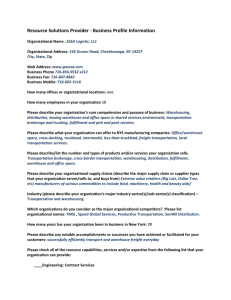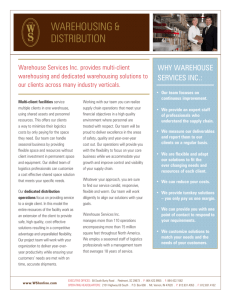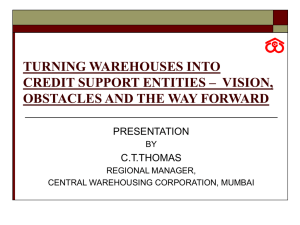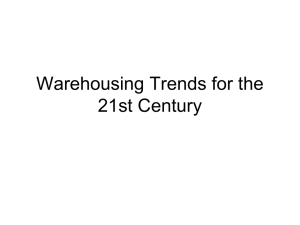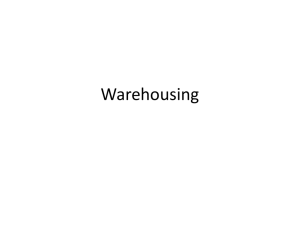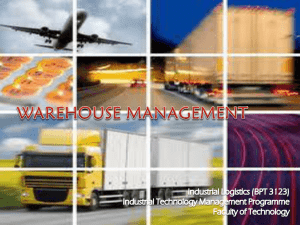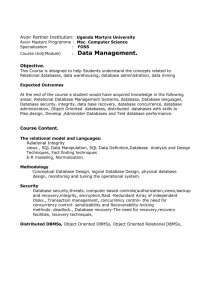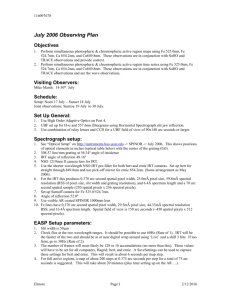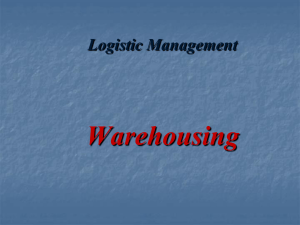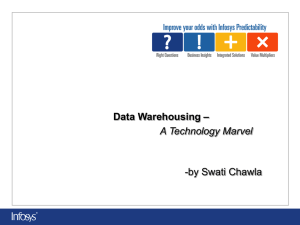(e)Business Process Management
advertisement
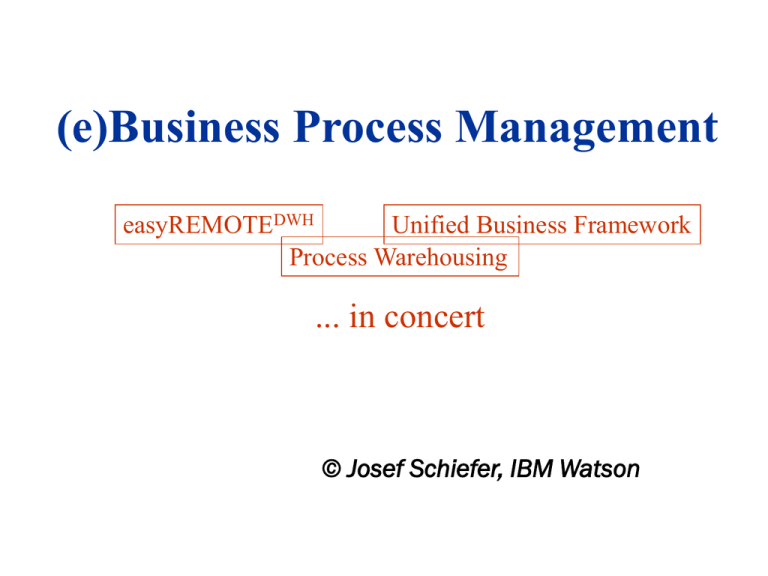
(e)Business Process Management easyREMOTEDWH Unified Business Framework Process Warehousing ... in concert © Josef Schiefer, IBM Watson Business Process Management Lifecycle n tio iza tim Op Capturing Requirements BP Modeling BP Analysis BP Simulation BP Reengineering BP Analysis / Evaluation - Case Analysis - Weighted Average Analysis - Critical Path Analysis - Throughput Analysis - Resource Utilization Analysis - Value Chain Analysis - Activity Based Costing - Trend Analysis / Forecasting Implementation (e)Business Process Execution M on ito rin g (e)Business Process Engineering BP Instantiation BP Mapping BP Execution BP Interaction Service Invocation BP Auditing (e)Business Process Controlling (e) Business Process Management Research Fields... (e) Business Process Management Problem Definition easyREMOTEDWH Framework – Many failed data warehouse projects because of poor requirements – Missing collaboration in requirements engineering activities – Difficulties in capturing business requirements and use cases for information systems – Problems in requirements reuse, automatic generation of downstream artifacts Process Warehousing – Organizations have difficulties in developing key performance indicators for (e)business processes – Gap between analysing business data and process data, no closed-loop analysis for (e)business processes – No existing general approach for analyzing (e)business processes, which allows the use of state-of-the-art business intelligence tools Unified Business Framework – Need for flexible customziation of (e)business processes – Support of B2B scenarios – Implementation Model for WCS (e) Business Process Management Strengths of the easyREMOTEDWH Prototype Top-Down Approach / Abstraction Levels for Requirements easyREMOTEDWH Requirements Process Requirements Validation / Verification (Fit Criteria, Test Cases, ...) Traceability (Focus: Top-Down Dependencies) Customizability Collaboration (Team-Support, Reviewing, Ownership, Discussions, ...) Goal-based / Use Case-Driven Requirements Elicitation Visibility of Requirements Creativity Support (mind mapping support) Requirements Management (Change Control, Version Control, Tracing, Tracking...) Locality Principle for Requirements (all relevant information for a requirement can be found on one place) Flexible Interfaces for Import and Export of Data (RDBMS, XML, Web Services…) Power of Lotus Notes, Domino … (e) Business Process Management DWH & BPIA easyREMOTE Support of initial steps of BPIA methodology (Step 1: Understand, Step 2: Plan) Step 1: Understanding – – – – – – – – – Assessing existing business strategy for process directions Identify important processes and their goals Developing process vision ( strategic “Fit”) Capturing of business process requirements Development of process attributes Identification of process owners, sponsors, BPM/BPR team Understanding and improving existing processes Specifying “ends” objectives Collaboration Support Step 2: Planning – – – – – – – Formulation of process performance objectives, assessing tangible and intangible factors Evaluating alternatives, piloting new processes Prioritizing, scope management Risk management Change management Cost projection Collaboration support (e) Business Process Management Process Warehouse Objectives Automatically extracts performance data from enterprise processes Uncovers weaknesses in process handling Optimize throughput times, resource assignments Warning system by monitoring business processes Benchmarking based on measurable process indicators -> identification of best practices Process-driven analysis of business data Past activities can drive prospective interactions with the customer Continous process improvement, closed loop analysis (e) Business Process Management Process Warehouse Architecture (e) Business Process Management SWOT for Process Warehousing (e) Business Process Management UBF Modeller Modeling of UBF state diagrams Incremental, iterative (e)Business Process Modeling XML Representation of UBF state diagrams Business Flow Management Simulation of (e)Business Processes Web service of Uploads For more information see http://js.watson.ibm.com:81/home/ubf/index.html (e) Business Process Management
